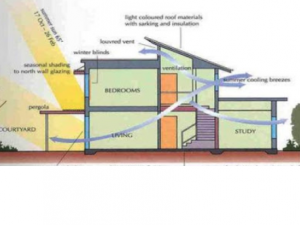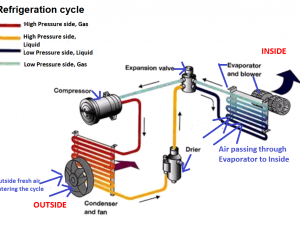Web Content Accessibility Guidelines
- Description
- Curriculum
- Reviews

Web Content Accessibility Guidelines (WCAG) defines how to make Web content more accessible to people with disabilities. Accessibility involves a wide range of disabilities, including visual, auditory, physical, speech, cognitive, language, learning, and neurological disabilities. Although these guidelines cover a wide range of issues, they are not able to address the needs of people with all types, degrees, and combinations of disability. These guidelines also make Web content more usable by older individuals with changing abilities due to ageing and often improve usability for users in general.
WCAG is developed through the World Wide Web Consortium (W3C) process in cooperation with individuals and organizations around the world, to provide a shared standard for Web content accessibility that meets the needs of individuals, organizations, and governments internationally.
Web accessibility depends not only on accessible content but also on accessible Web browsers and other user agents. Authoring tools also have an important role in Web accessibility.
For an overview of how these components of Web development and interaction work together:
Essential Components of Web Accessibility
User Agent Accessibility Guidelines (UAAG)
Authoring Tool Accessibility Guidelines (ATAG)




